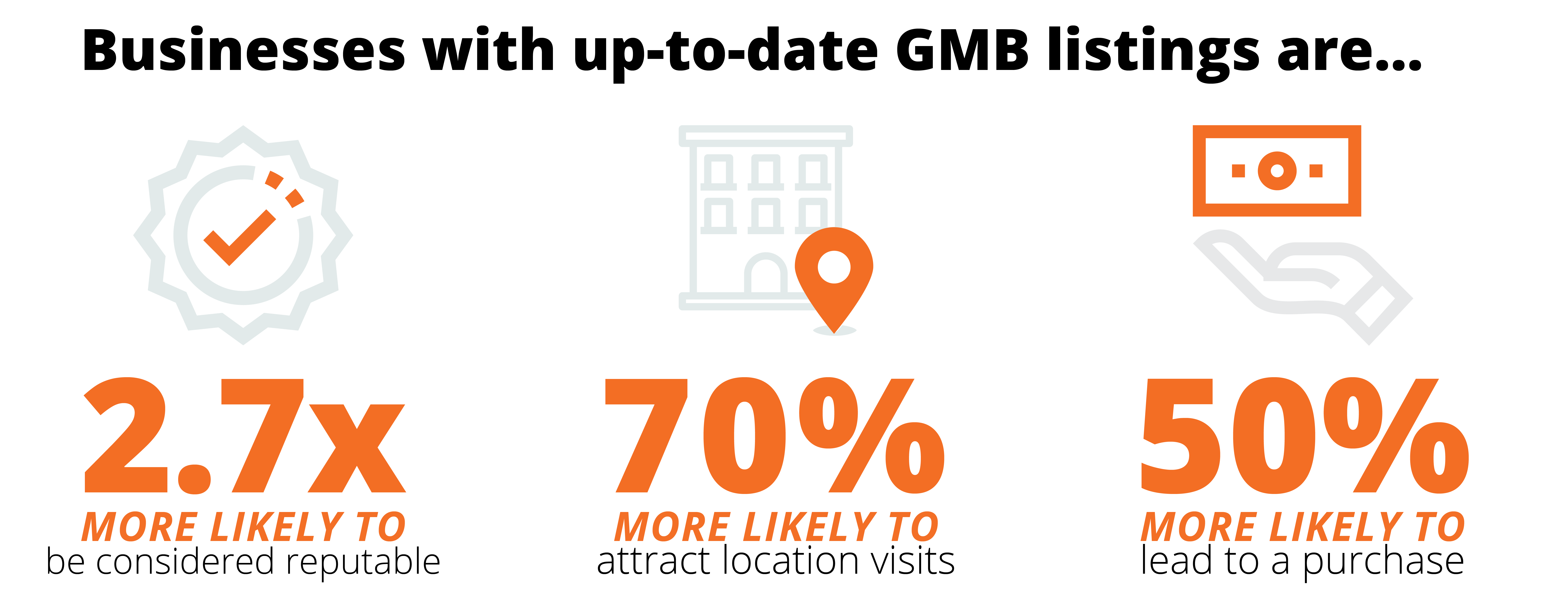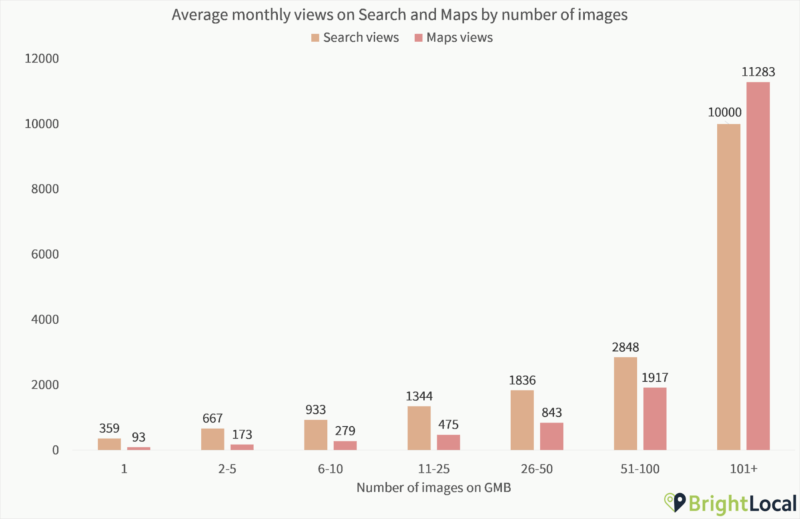Maximise Recovery by Thinking Locally
The stakes are so high for tourism destinations. An influx of bushfire and Covid-19 recovery funds promise the opportunity for regional tourism organisations (RTOs), councils, and other local leaders to provide the crucial support necessary to restore local commerce and tourism. At the same time, local businesses are desperately calling out for solutions that provides real impact in their day-to-day operations. It’s a heavy responsibility to get it right; the survival of these businesses may depend on the choices being made right now.
The biggest hole in most destinations’ digital strategies is overlooking poor quality business listings and imagery from tourism operators in their area across Google properties, leaving a less-than-desirable impression for the destination and a huge opportunity to provide front line support for operators.
There are tangible benefits gained by investing in elevating the overall quality of this often over-looked channel. When done well, destinations will enjoy increased awareness and visitation while helping local businesses secure the vital revenue they need to stay in business.
Why Optimising Google My Business (GMB) Is Critical

On any given day, approximately 45% of traffic comes from ‘direct’ search, where searchers directly type a business name into the search bar. The remaining 55% is driven by ‘discovery’ search, where users discover a business through options presented by Google. Increasingly, these results are driving traffic into Google-owned properties. That means that businesses who rely solely on known audiences (i.e., direct search) are speaking to less than half of their total possible audience.
The information found across Google-owned properties is primarily determined by the information contained in individual Google My Business (GMB) listings. In order to attract travelers searching online and capitalise on opportunities for conversion, businesses must make GMB optimisation a priority. It is the largest single factor in maximising local search visibility and capturing customers with immediate intent to visit or purchase.
According to Ipsos Research, businesses with up-to-date GMB profiles are:
- 2.7 times more likely to be considered reputable
- 70% more likely to attract location visits
- 50% more likely to lead to a purchase

Despite these significant upsides, many local businesses have yet to make critical updates necessary to improve their performance.
A deep dive into GMB
Business verification
When a business is verified on Google, owners lock control of their business profile, meaning only they will be able to update business information. This protects businesses from fraud and ensures that only correct and relevant information is displayed on Google.
Moreover, when listings have been verified, trustworthiness is increased for searchers. According to Google, businesses that have been verified are twice as likely to be considered reputable by users.
Business verification also unlocks a suite of GMB tools to help with uploading images, responding to reviews, and managing business information across other Google-owned properties such as Google Maps, Local Pack, and more.
Data Accuracy
Think of a GMB as free advertising through Google, helping to generate awareness and impressions with both locals and visitors alike. As with any directory listing, ensuring the accuracy and completeness of all information found in the listing is critical.

While it’s not surprising to hear that 93% of consumers are frustrated by incorrect information online, knowing that more than two-thirds (68%) of consumers would stop using a local business if they found incorrect information online highlights the true cost of disregarding this increasingly critical channel. If it’s not convenient and straightforward to find and connect with a particular business, there will always be another one waiting in the wings.
High-quality imagery
We generally process imagery more quickly than text, so businesses that showcase high-quality images have the upper hand on those that don’t.
According to Search Engine Land, businesses with more than 100 images have significantly higher conversion rates. These businesses also have higher exposure rates, suggesting that photo volume and frequency is an important signal that contributes to ranking in Google.
The images that populate local GMB listings are a combination of photos uploaded by the business owner and user-generated photography added by customers. Taking control of the images associated with a business listing is not only important for brand perception and management, but it also helps potential customers better understand the business.
The Delicate Conundrum
As organic traffic continues to decline, it’s imperative to deploy new ways to reach, engage, and convert online traffic. Local search optimisation through Google My Business isn’t just a timely solution, it’s crucial for the successful recovery of local tourism economies.
There’s no question that local tourism operators are in dire need of digital support. The delicate conundrum is finding a solution that delivers tangible value and real impact when staff resources are already stretched so thin.
Need a hand?
Gate 7 understands the challenges facing time-poor regional tourism organsations and councils and has established a turnkey Digital Destination Optimisation ProgramDigital Destination Optimisation Program that bridges the digital gap for operators in a fully managed program that requires no additional staffing for local organisations.
The program has been deployed across the world, already helped more than 160 destinations and 70,000 individual businesses. The program can be customised to individual destination needs. Contact us for a free consultation.


